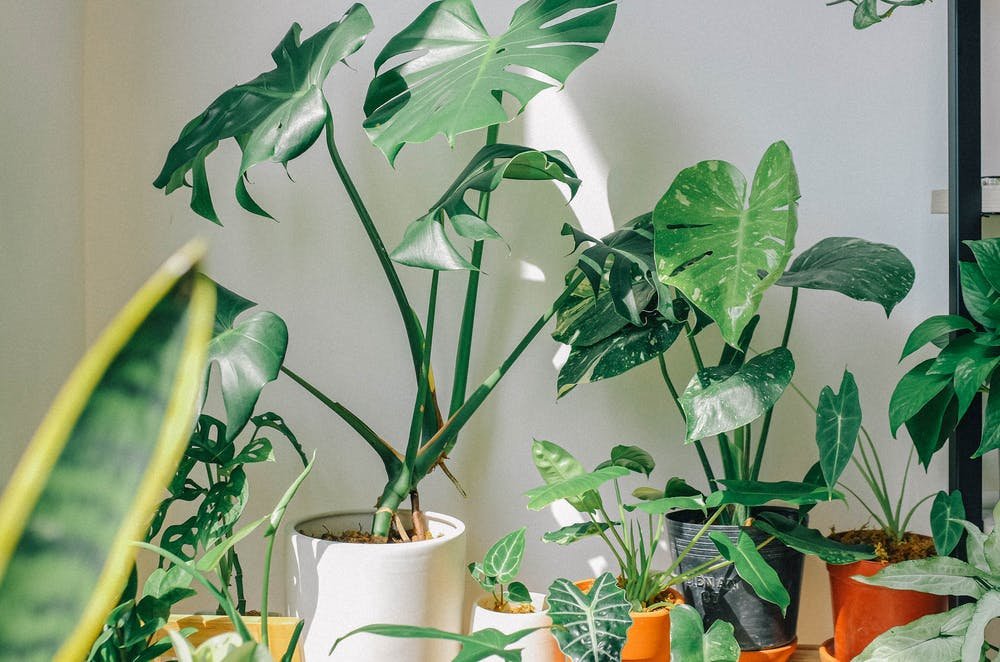Attention, plant parents! Your potting soil may need a makeover
Houseplant sales have boomed since the pandemic, which has drawn more attention to a dirty secret, which is that most potting soil includes a troubling ingredient. (Photo Source: Pexels/Huy Phan)
If you’re among those who added to your population of houseplants over the course of the pandemic, you’re not alone. Seventy one percent of North American greenhouses reported an increase in plant sales in 2020. But the popularity of potted plants has attracted new attention to a dirty secret: Most potted plants are grown in peat moss, which helps soil drain and retains water and nutrients. Without an ingredient like peat to keep potting soil light and fluffy, plants often drown and die.
Peat bogs are among the world’s most efficient carbon-storing sinks. (Photo Source: WikiCommons/RIJones)
So why is this a problem? Peat is a form of decomposed plant matter sourced from carbon-storing bogs. These bogs cover only three percent of the planet, but are among the world’s most efficient carbon-storing sinks, storing as much as 30 percent of all the carbon locked in soil.
When these bogs are disturbed, by being farmed or burned or mined for, yes, potting soil, they change from carbon sinks to major greenhouse gas emitters. Damaged peatlands are estimated to emit about 1.3 gigatonnes of CO2 annually, equivalent to 5.6 percent of global human CO2 emissions.
Not only that, it can take thousands of years for peat to form, which means that current harvesting processes are extremely unsustainable. “Natural rates of peat accumulation are less than 2mm per year, and are outpaced by modern extraction methods that typically remove 100x that depth each year,” states a 2014 report by the Peatland Programme of the International Union for Conservation of Nature (IUCN). About 15 percent of the world’s peatlands have already been destroyed.
“If you’re serious about slowing climate change, you must get serious about peat.”
Another reason to preserve and restore peat: Peatlands serve as a natural form of water purification and flood protection, acting as a sponge, and soaking up and conserving water. Peat bogs are also valuable habitats for thousands of unique species of mammals, birds, butterflies, and wild plants, like the Hen Harrier bird and the carnivorous Sundew plant.
Britain pledges to save its peatlands at the 2021 Climate Summit. (Photo Source: Wikicommons/IAEA Imagebank)
Potting soil accounts for less than one percent of peat extraction, but the British are alarmed enough to phase out the sale of peat compost altogether. At the 2021 Climate Summit in Glasgow, Britain also pledged to spend more than $1 billion by 2025 trying to save what remains.
In the United States, no such measures have been taken, which is a problem.“If you’re serious about slowing climate change,” Christian Dunn, wetlands scientist at the Bangor University in Wales, told the Washington Post, “you must get serious about peat.”
How to keep your potted plants peat-free
For potted plant fans who want to go peat-free, it’s easy enough. Either buy peat-free potting mix, or make your own with peat substitutes, like coco coir, a byproduct of coconut husks, and pumice, a lightweight volcanic rock that supports good drainage and air circulation.
Make your own
To make five gallons of eco-friendly potting soil, combine:
A) 2.5 gallons of coconut coir. Coir is usually sold in compressed bricks that fluff up after a soaking. A 1.5 pound brick is equal to just over 2.5 gallons. It’s available online if you can’t find it in your local gardening store.
B) 1.25 gallons of organic compost. Buy it, or make your own. Compost adds vital nutrients to potting mix, and gets your potted vegetables, fruits, and herbs off to a strong start.
C) 1.25 gallons of pumice stone. Pumice, available at most garden stores in a range of sizes, makes it easy for water to drain.
Combine ingredients in a plastic tub, cover it, and store in a dry place. The recipe can be reduced by halves or quarters for easier storage.
(Source: Acadia Tucker’s Tiny Victory Gardens )
Buy peat-free
Go with a compost-based organic potting mix certified by the Organic Materials Review Institute (OMRI). You can search for the brand on OMRI's Certified Products Lists.
Here’s a list of brands that sell peat-free soil, certified by OMRI:











